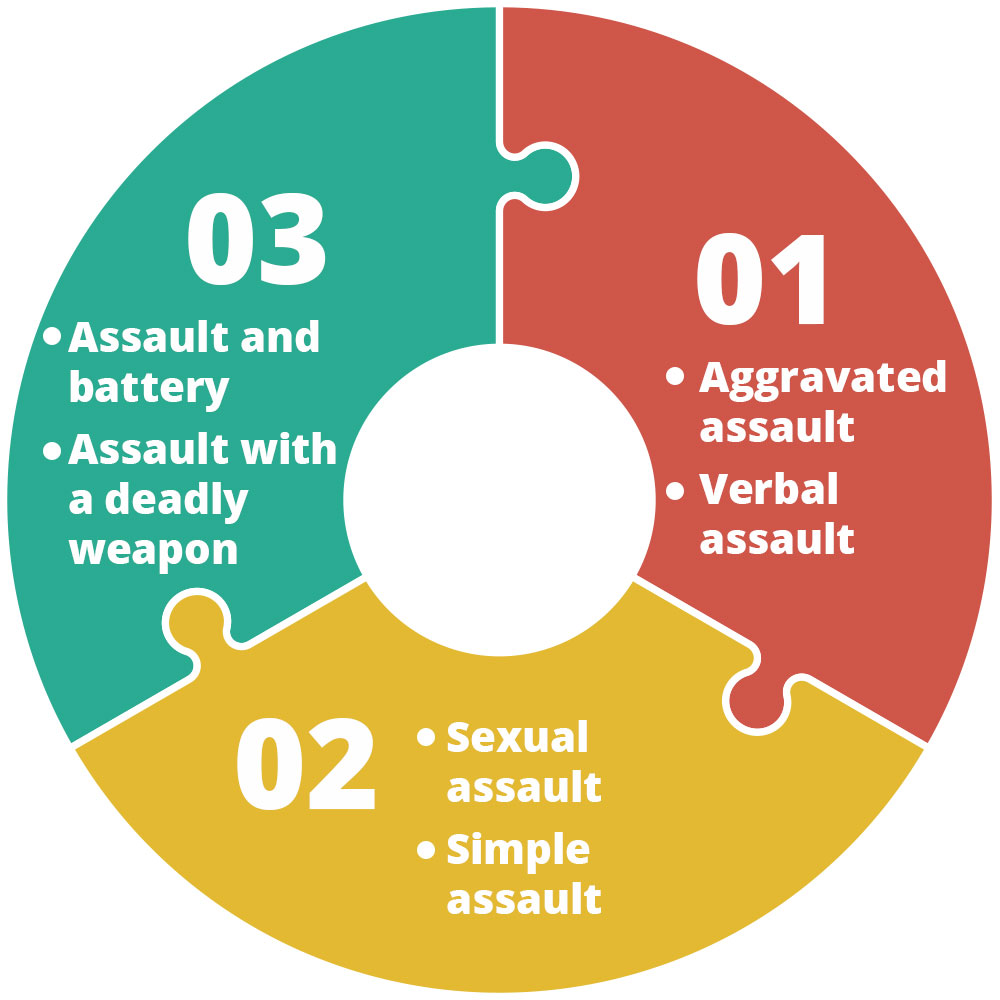Navigating A Criminal Trial: A Detailed Step-By-Step Assessment Of What Takes Place
Navigating A Criminal Trial: A Detailed Step-By-Step Assessment Of What Takes Place
Blog Article
Material Writer-Bigum Mohamed
When you step into a criminal test, you might be surprised by the structured process that unfolds. It all starts with court choice, where potential jurors are inspected for predispositions with a technique called "voir dire." Afterwards, both sides provide their opening statements, establishing the stage for the proof and testaments to comply with. You'll see just how the prosecution and defense construct their instances, however what takes place next can dramatically affect the outcome. Recognizing these phases can reveal the complexities of justice, however there's more to reveal concerning the critical moments that comply with.
Jury Option Refine
When it pertains to the jury option process, you're diving right into a vital stage of a criminal test. This procedure, commonly called "voir dire," includes doubting potential jurors to ensure they're honest and with the ability of supplying a fair verdict.
You'll see both the prosecution and defense lawyer participating actively, each intending to choose jurors who straighten with their instance's story.
Throughout voir dire, you'll discover that attorneys ask questions about jurors' histories, beliefs, and experiences. Their objective is to identify any pre-existing predispositions that could affect a juror's choice. As a juror, you could feel a mix of anxiousness and curiosity, yet your sincerity is important.
After examining, attorneys can test certain jurors for reason if they believe a juror can not continue to be impartial. They can also use a minimal variety of peremptory challenges to disregard jurors without stating a reason.
Test Phases Explained
The phases of a criminal trial play an essential role in making certain a fair and structured process.
You'll initially experience the opening declarations, where both the prosecution and protection describe their instances. This sets the stage for what's ahead.
Next, the prosecution provides its proof and witnesses, intending to confirm the defendant's sense of guilt past a practical question. You'll see straight examination followed by cross-examination, enabling both sides to challenge today information.
After the prosecution rests its instance, it's the defense's turn. They'll offer their proof and witnesses, frequently focusing on producing reasonable doubt. You'll observe that the defense does not have to prove virtue; they just require to challenge the prosecution's instance.
Once both sides have presented their disagreements, you'll listen to closing declarations, where each event summarizes their case. This is essential as it strengthens their placements prior to the court ponders.
Throughout these phases, the judge ensures that the trial adheres to lawful standards and that the civil liberties of both celebrations are protected.
Recognizing these phases will certainly help you appreciate the complexities associated with a criminal test and the value of each step in the pursuit of justice.
Verdict and Punishing
Nevertheless evidence has actually existed and disagreements made, the jury or court provides a decision, figuring out the offender's guilt or innocence. If what criminal defense lawyers do of the jury, you'll mull over with your fellow jurors, reviewing the proof and your perceptions. This process can require time, as you'll intend to make certain everybody agrees on the judgment based upon the realities.
When a judgment is reached, it's announced in court. If the defendant is found guilty, the following phase is punishing. This is when the judge decides the appropriate penalty. You may discover that numerous variables affect the sentence, such as the seriousness of the criminal activity, the offender's previous document, and any mitigating situations.
The judge might impose a range of sentences, from penalties and social work to jail time. Often, the defense or prosecution can present disagreements pertaining to sentencing, attempting to persuade the court's decision.
If what is criminal defense law accused is found not guilty, they're acquitted, and no punishment complies with. Bear in mind that a guilty verdict can frequently result in appeals, where the accused may challenge the verdict or the sentence enforced.
Conclusion
In a criminal trial, you've seen how vital each step is, from court option to the final decision. You have actually adhered to the prosecution and defense as they develop their instances, intending to convince the court. As soon as deliberation finishes up, the decision identifies the outcome, and if the offender is found guilty, the sentencing phase begins. Comprehending these procedures aids you appreciate the complexities of the justice system and the relevance of each function in making sure a fair trial.
